The shops are full of different kinds of milk: in plastic and glass bottles, in bags, you can even buy it from street vending machines. Some milk is stored for three days, some a week, some even ten days and it happens that the shelf life reaches six months.
Some milks are pasteurized and have a shorter shelf life, some are ultra-pasteurized and have a longer shelf life and others are sterilized, so they can be stored in a kitchen cupboard, even without a refrigerator.
Pasteurized milk is whole milk in which microorganisms have been destroyed by heating. The milk delivered to the dairy farms is heated to +72°C (rarely to 90°C) in special pasteurization devices.
This is a short-term warming up, lasting about 20 seconds and then cools down quickly (in 30 seconds). There is also ultra-pasteurization - this is when the milk is brought to a temperature of 130 or 140°C literally in fractions of a second.
After pasteurization the milk is poured into clean disinfected bottles and sealed with an aluminum cap or otherwise. Pasteurized and bottled milk can be drunk without boiling it first.
Sterilization is when the temperature of the milk rises above 130°C and is maintained at that temperature for more than a few minutes. Sterilization has a strong effect mainly on the content of bacteria and along with the bacteria, due to constant high temperatures, it reduces the content of vitamins and micro- and macroelements, for which we often drink milk.
In addition, calcium goes into an insoluble form, which is poorly absorbed by the body, and this is certainly not necessary for anyone. That is why modern milk producers practically do not use sterilization, preferring pasteurization or even ultra-pasteurization, which leaves a chance for the milk to remain in its natural state.
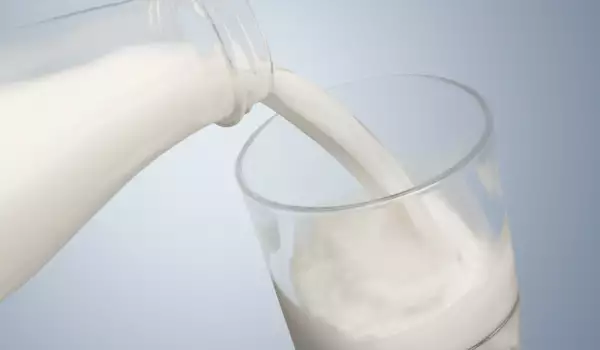
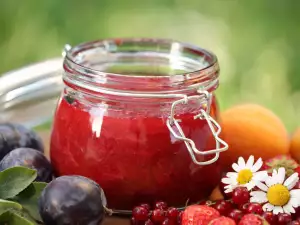


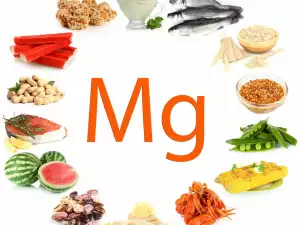





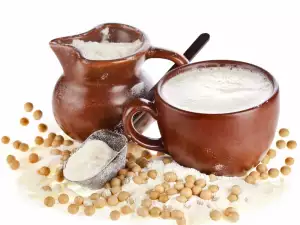

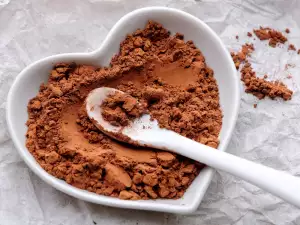
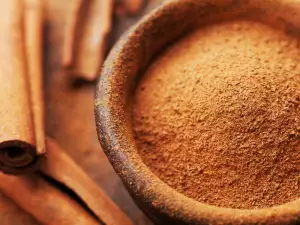

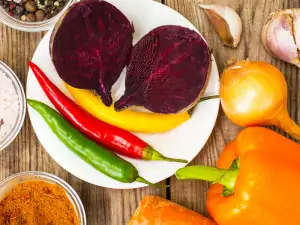



Comments